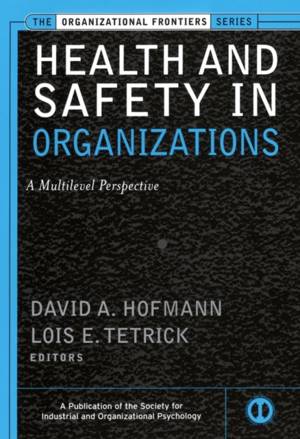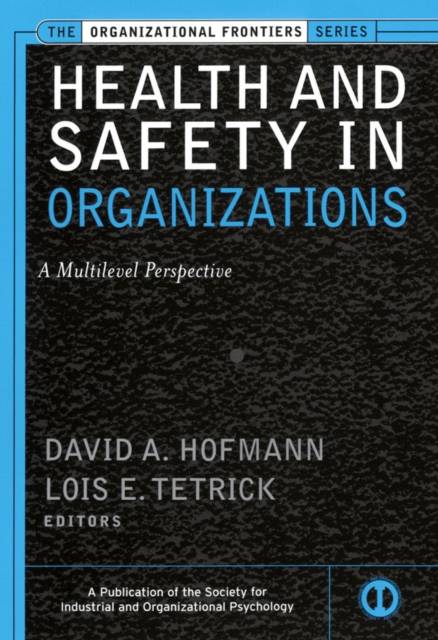
- Retrait gratuit dans votre magasin Club
- 7.000.000 titres dans notre catalogue
- Payer en toute sécurité
- Toujours un magasin près de chez vous
- Retrait gratuit dans votre magasin Club
- 7.000.000 titres dans notre catalogue
- Payer en toute sécurité
- Toujours un magasin près de chez vous
Health and Safety in Organizations
A Multilevel Perspective
97,95 €
+ 195 points
Description
Health has often been defined as the absence of illness and as thestate of well-being. This definition, however, actually constitutestwo different criteria: the absence of illness and the presence ofhealth. For example, a person may not have any signs of illness butmay still have a cholesterol level that is too high. When thinkingabout healthy organizations, we often make the same distinction. Ahealthy organization, for example, is not only free from illnessand doesn't harm employees but also possesses the presence ofhealth as exemplified by its long-term adaptability and ability tothrive. This book considers this broader definition of health andsafety in organizations--one that encompasses both the absence ofillness as well as the presence of health--and the implications ithas for industrial/organizational psychology and human resources. A distinguished group of contributors provides a review andintegration of different lines of research focusing on health andsafety in organizations, including a broad array of topics rangingfrom the role of individual differences and training to humanresource management strategy. They explore cross-level theoreticallinkages between aspects of health and safety at the individual, group, and organizational level. These discussions examine thelinkages between individual health and certain aspects of theoverall health of the organization, as well as how certain aspectsof organizations can influence individual health andwell-being.
Spécifications
Parties prenantes
- Editeur:
Contenu
- Nombre de pages :
- 464
- Langue:
- Anglais
- Collection :
- Tome:
- n° 8
Caractéristiques
- EAN:
- 9780787958466
- Date de parution :
- 11-04-03
- Format:
- Livre relié
- Format numérique:
- Genaaid
- Dimensions :
- 164 mm x 235 mm
- Poids :
- 752 g






